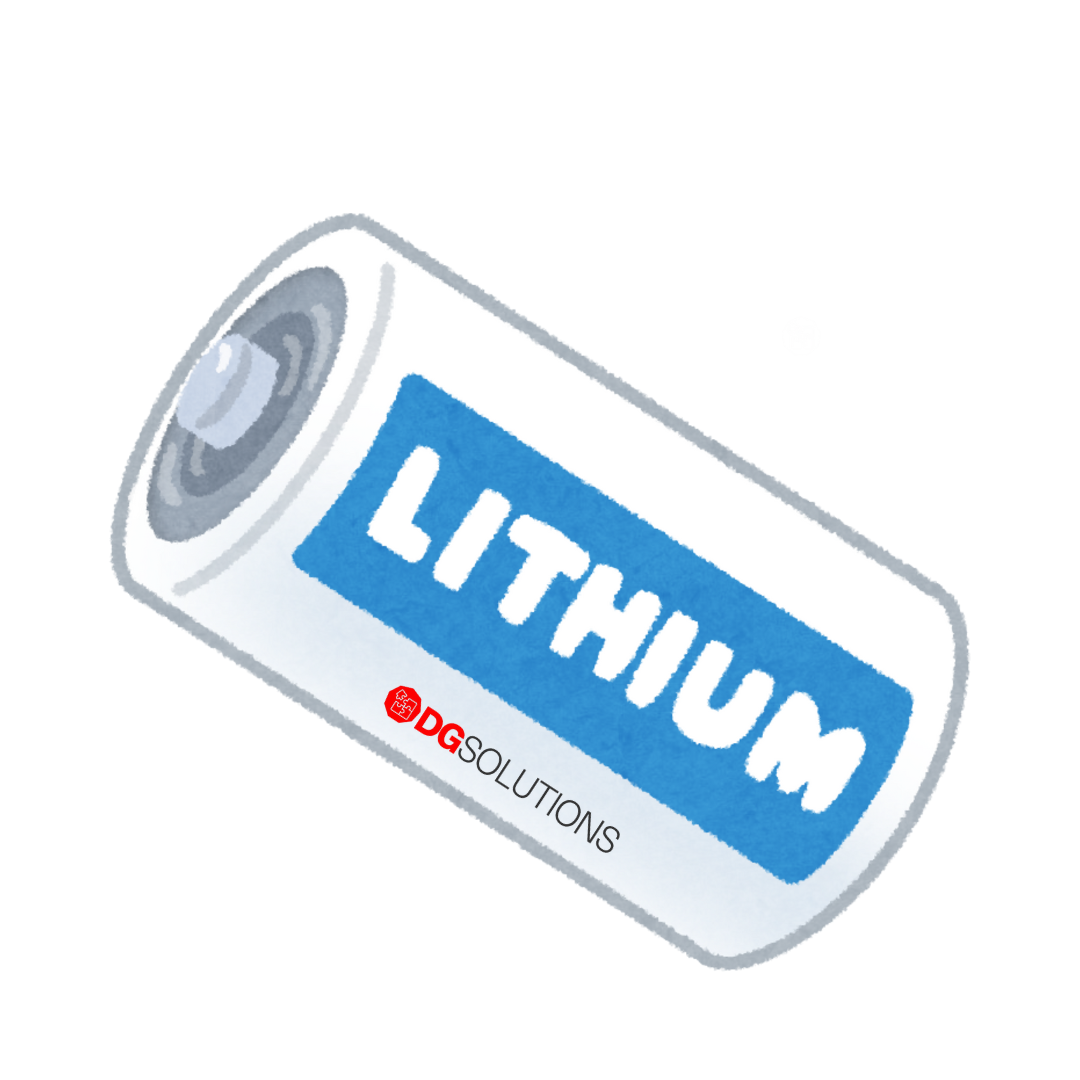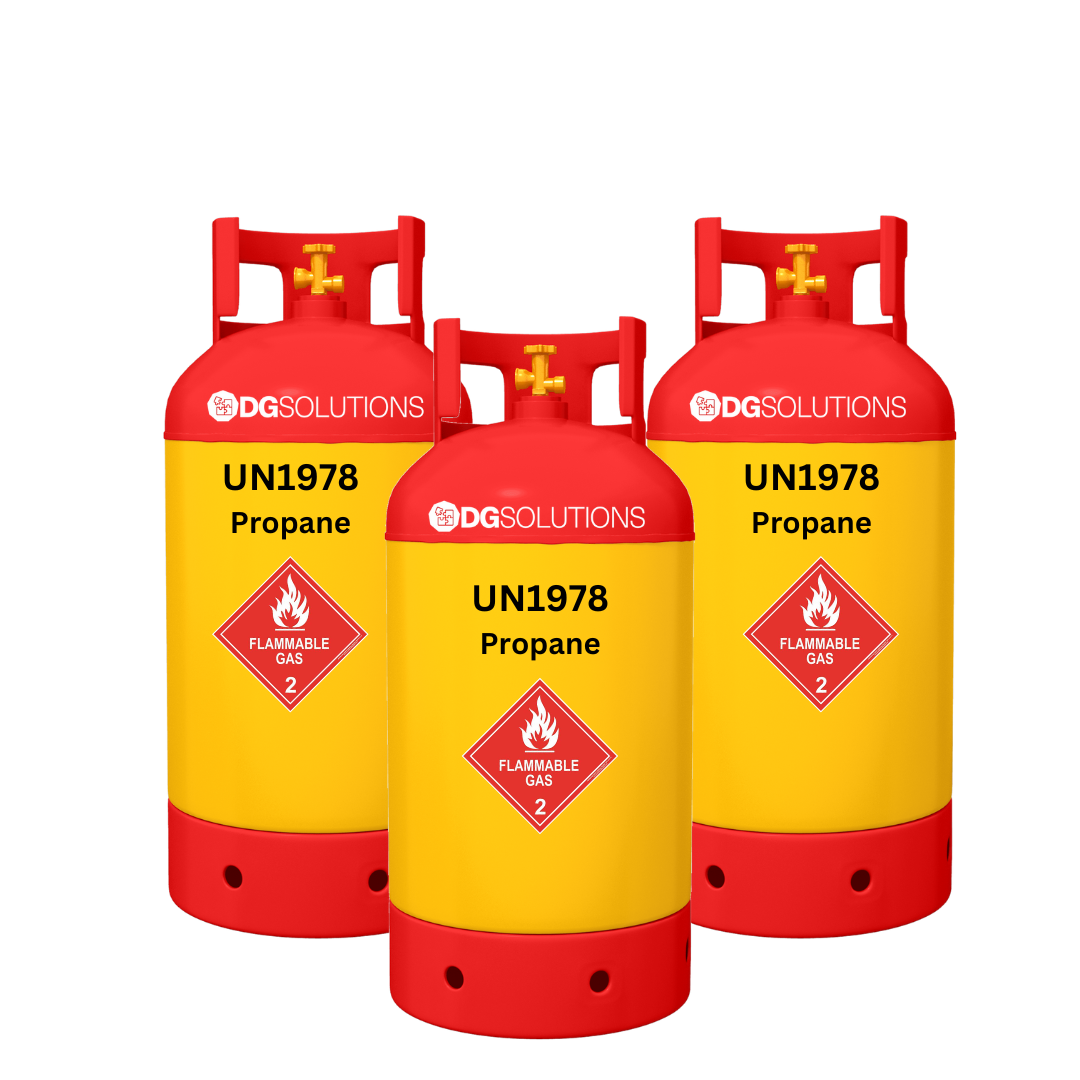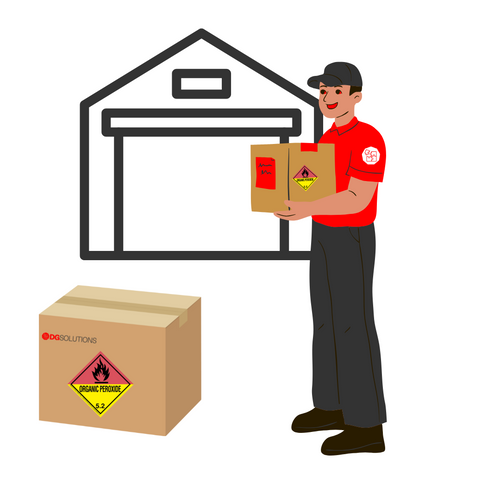BLOG
Lithium Battery Guidance Document 2025
IATA has released an updated version of the battery guidance document, reflecting changes made in the 2025-2026 edition of the ICAO Technical Instructions for the Safe Transport of Dangerous Goods by Air (Technical Instructions) and the 66th edition (2025) of the IATA Dangerous Goods Regulations (DGR). This revision introduces substantial updates compared to the 2024 edition. Notable updates include: - Introduction of UN numbers and regulations for sodium ion batteries - Addition of Cargo-Tracking Devices, Data Loggers, Radio Frequency Identification (RFID), and Electronic Bag Tags - Revisions to the classification of lithium and sodium batteries - Changes to the restrictions...
What are Class 2.1 Flammable Gas Dangerous Goods?
In today’s world, the transportation of goods is an essential part of the global supply chain. With this, however, comes a significant responsibility to ensure that hazardous materials are handled safely to protect people, property, and the environment. Dangerous goods are substances or materials that pose a risk to health, safety, property, or the environment during transportation. These goods are classified into different categories depending on their physical and chemical properties. One such category is Class 2, which encompasses gases. Class 2.1 is a subcategory of this class, focusing specifically on flammable gases. In this blog post, we’ll dive deeper...
What Are Class 5.2 Dangerous Goods?
What Are Class 5.2 Dangerous Goods? Class 5.2 dangerous goods are defined by the UN (United Nations) system of classification as organic peroxides. These compounds contain a peroxide group (–O–O–), a bond between two oxygen atoms, which is inherently unstable. The instability of the oxygen-oxygen bond makes organic peroxides highly reactive, and they can decompose violently, especially when exposed to heat, shock, or other environmental factors. Organic peroxides are used in various industries, from polymer production to pharmaceuticals, but their reactive nature means that they need to be handled with extreme care. In the Globally Harmonised System (GHS)...
Understanding the UN Number System
Understanding the UN Number System The transportation of dangerous goods—whether by road, rail, air, or sea—poses inherent risks to public safety, health, and the environment. One of the key mechanisms for managing these risks is the UN Number system, a globally standardised classification system for hazardous materials. This system is vital not only for ensuring safe handling and transportation but also for compliance with international laws and regulations. In this blog post, we’ll explore the UN Number system, its significance, and how it is implemented in both international law and New Zealand regulations. What is a UN Number?...





